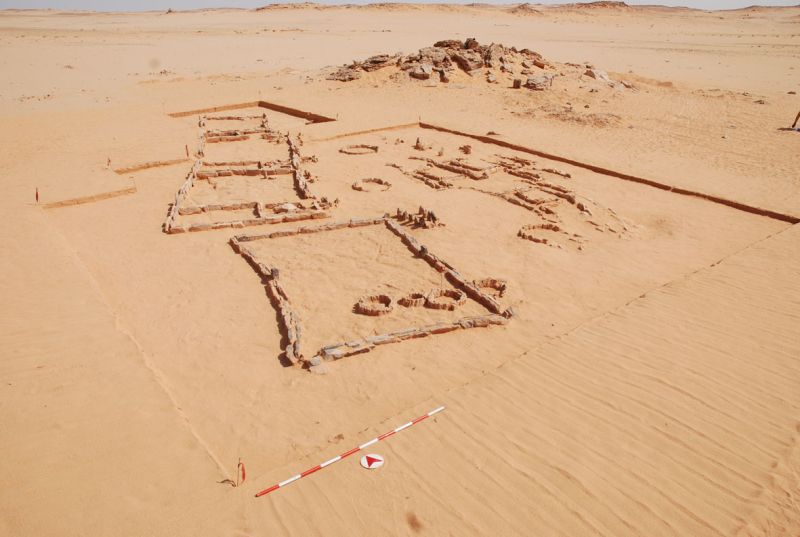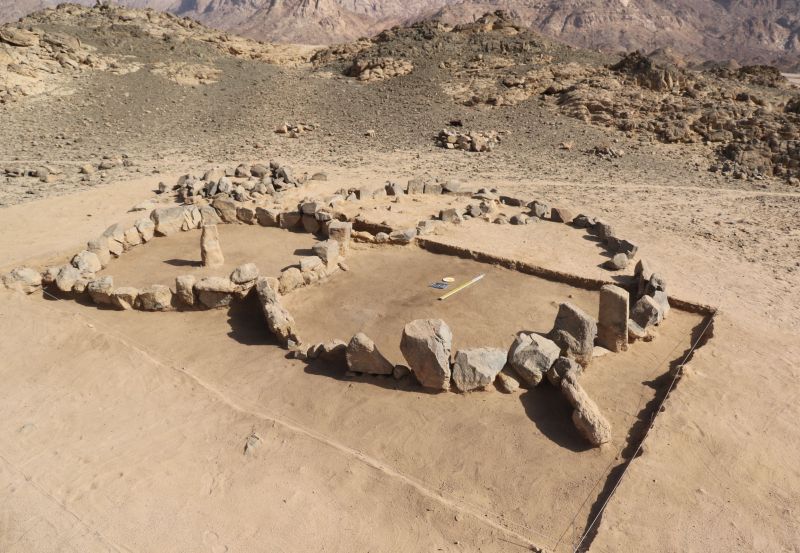Sumio Fujii
Affiliation: Institute of the Study of Ancient Civilizations and Cultural Resources
Job Class: Visiting Professor
Specialty: Near Eastern Archaeology
*Kanazawa University
Research Topic
Our research objective lies in tracking the formation process of tribal societies that consistently characterize the late prehistoric to modern Near East. Toward this goal, we have been conducting archaeological research in the three fields outside the Fertile Crescent: the al-Jafr Basin in southern Jordan (1995~), the Bishri mountain range in central Syria (2007~2011) and the Tabuk Plateau in northwestern Saudi Arabia (2007~).
The investigations have targeted the key five millennia spanning from the Pre-Pottery Neolithic B (when domestic sheep and goats were first introduced to the arid margin) to the Early Bronze Age (when full-fledged tribal society is supposed to have been established). The excavated sites total some forty, which range in content from an agro-pastoral outpost in the Pre-Pottery Neolithic B (Photo 1), through an open-air sanctuary in the Late Neolithic (Photo 2) and a farming and pasturing settlement in the Chalcolithic (Photo 3), to a small pasturing camp in the Early Bronze Age (Photo 4). The series of research outcomes has enabled us to outline the long sequence from the beginning of pastoral nomadism to the appearance of initial tribal society.
Huge urban sites such as Ur and Babylon are not the only cultural heritage in the ancient Near East; there still exist innumerable nomads’ sites outside the Fertile Crescent. Although not always enjoyable, we would like to continue hard work in desert.
Selected Publications
- Fujii, S. 2022. Harrat Juhayra 202 and the Jordanian Badia Early PPNB: Fresh Perspective on the PPNA/PPNB Transition in the Southern Levant. In Y. Nishiaki et al. (eds.), Tracking the Neolithic in the Near East: Lithic Perspectives on its Origins, Development and Dispersals, pp. 341-356. Leiden, Sidestone Press.
- Fujii, S., A. A. al-Mansoor, et al. 2021. Excavations at Wadi Sharma 1: New Insights into the Hijaz Neolithic, North-western Arabia. In M. Luciani (ed.), The Archaeology of the Arabian Peninsula 2: Connecting the Evidence, pp.15-42. Vienna, Austrian Academy of Sciences.
- Fujii, S. 2020. Late Neolithic Cultural Landscape in the al-Jafr Basin, Southern Jordan: A Brief Review in Context. Studies in Ancient Art and Civilization 24: 13-32.
- Fujii, S. 2020. Pastoral Nomadization in the Neolithic Near East: Review from the Viewpoint of Social Resilience. In Y. Nara and T. Inamura (eds.), Resilience and Human History: Multidisciplinary Approaches and Challenges for a Sustainable Future, pp. 65-83. Singapore, Springer.
- Fujii, S., T. Adachi and K. Nagaya 2019. Harrat Juhayra 202: An Early PPNB Flint Assemblage in the Jafr Basin Southern Jordan. In L. Astruc, et al. (eds.), Near Eastern Lithic Technologies on the Move: Interactions and Contexts in Neolithic Traditions, pp. 185-197. Nicosia, Astrom Edition




